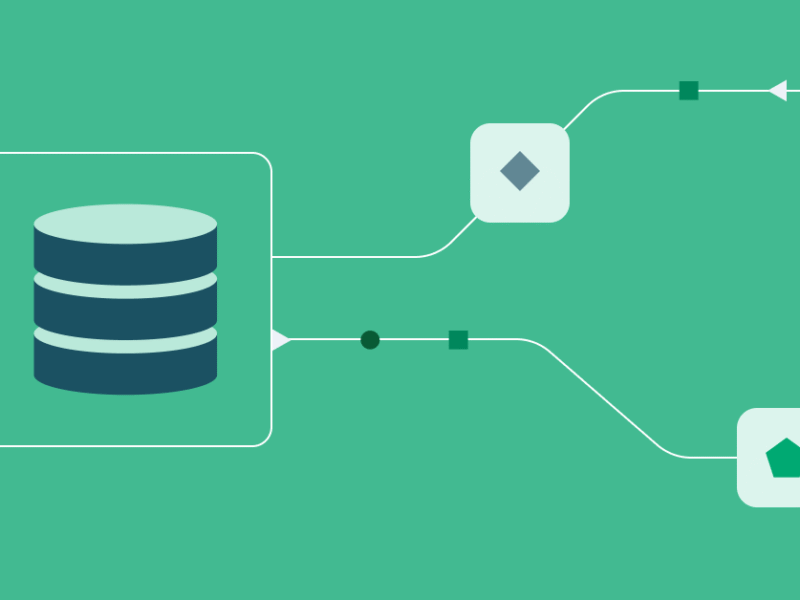Timelines are powerful tools that organize events and information in a way that highlights their chronological relationships. They provide a framework for understanding sequences, making them essential for various fields like history, project management, and technology. Whether detailing critical milestones in a project or capturing the progression of historical events, timelines serve as visual aids that enhance comprehension and retention.
What is a timeline?
A timeline is a visual representation that organizes events in chronological order. It clarifies relationships between different events over time and serves various purposes, including historical documentation and project management.
The purpose of a timeline
Timelines aid in understanding historical contexts, future projections, and management operations. Their role includes:
- Documenting developmental milestones: Illustrating key achievements over time.
- Clarifying past events and their significance: Helping contextualize historical facts.
- Supporting project management tasks: Highlighting deadlines and deliverables effectively.
Types of timelines
Timelines can vary based on their focus and structure. Here are some common types:
Chronological timelines
These timelines represent events strictly in the order they occurred. They provide clear insights into sequences of history, such as the development of the Internet.
Roadmaps
A strategic timeline outlining expected developments, releases, or decommissions. Roadmaps are commonly used in marketing to inform stakeholders of anticipated changes and innovations.
Gantt charts
Gantt charts are a specialized type of project management timeline. They visually track phases of a project, featuring bars of varying lengths that indicate task durations and overlapping efforts. This format aids in illustrating a project’s total duration and its key activities.
Notable examples of timelines in history
Understanding historical milestones can be greatly enhanced through timelines. Some key examples include:
- Internet development timeline: Significant events from the 1950s to the present, marking key milestones in technology.
- Machine learning timeline: Visualizing the evolution of machine learning concepts and pivotal discoveries over the decades.
- DevOps timeline: Illustrating the collaborative evolution within software development and operations since 2007.
The role of timelines in project management
Timelines serve as a visual management tool, helping teams to visualize project stages and deadlines. This enhances coordination and accountability among team members.
Examples of timeline applications in project management
Within project management, timelines are pivotal for several reasons:
- Milestones: Important achievements within the project lifecycle that signify progress.
- Deadlines: Critical points in time that dictate project flow and resource allocation.
Modern uses of timelines
In the digital age, timelines have evolved into interactive formats due to advancements in technology. This evolution includes:
- Infographics: Enhanced visual representations that combine text and graphics for better comprehension of data.
- Web 2.0 and 3.0 concepts: Timelines showcasing the evolution of the web, particularly highlighting shifts like the launch of social media and cloud computing.

